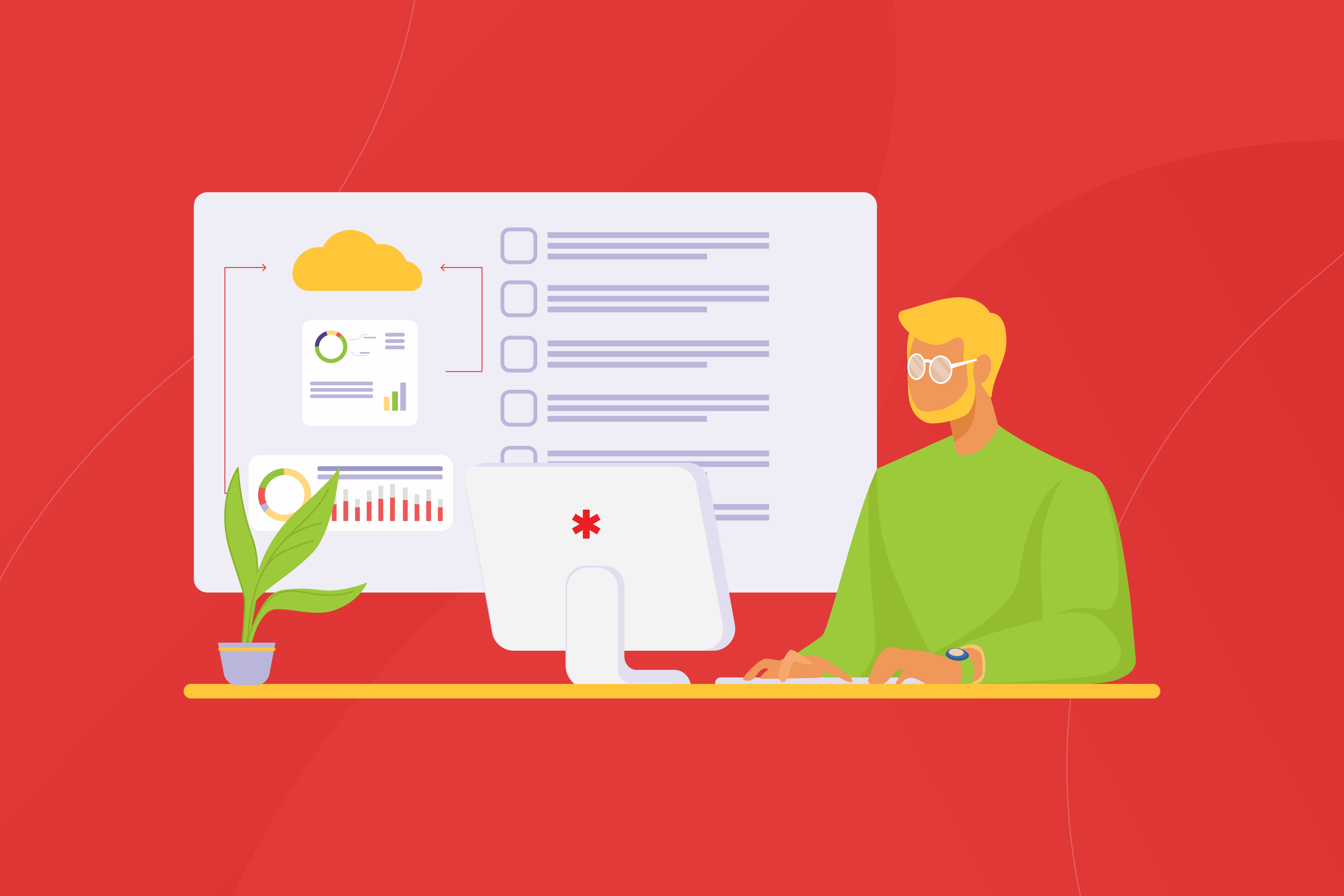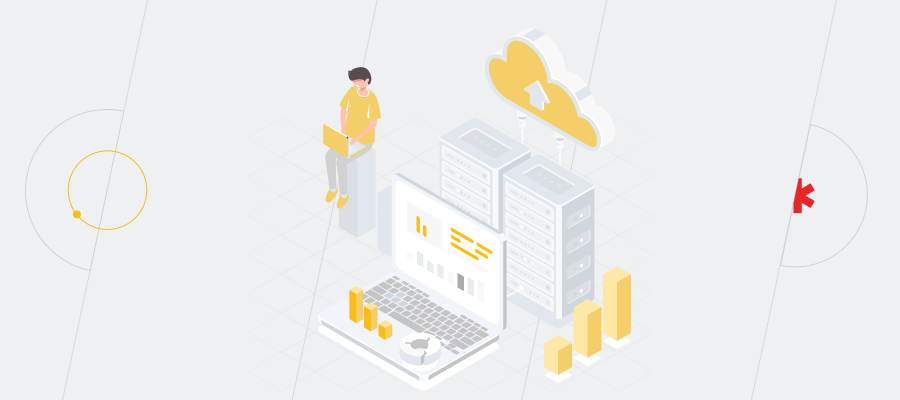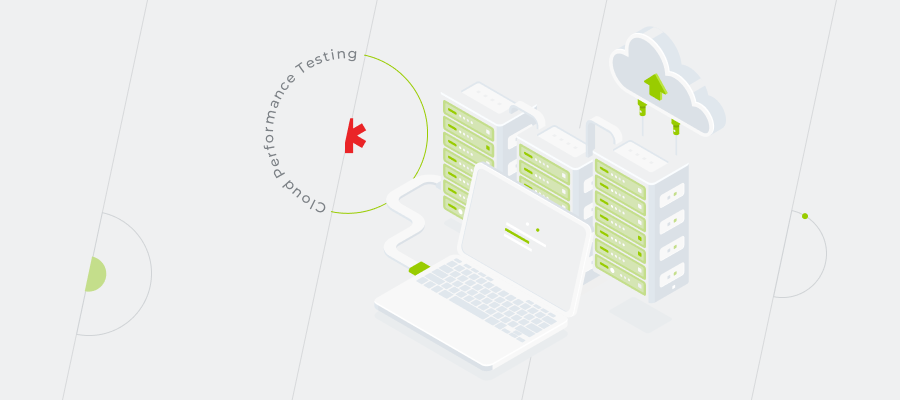Are you ready for the cloud? But is your business?
Migration to cloud computing is not as simple as it may seem. The absence of a proper preparation stage opens up security holes in your infrastructure, or leads to unnecessary spendings and losing track of important data. However, a danger foreseen is half avoided: knowing what to expect and pay attention to, will keep you out of trouble on the way to cloud adoption.
Here’s the checklist of steps you need to follow to ensure this process will go smoothly.
- Define strategic inputs
Cloud adoption is a huge leap to take. The best questions you can ask yourself before delving into the process are why you need it, what results to expect, and how to measure success. Clear motivations and defined business outcomes will help you set the metrics behind each question and figure out how to move forward realizing those metrics.
- Choose the provider
There are plenty of cloud services on the market, but the trick is to choose the one which is right for you. Each provider has its own advantages and drawbacks. Some offer vast scalability, others – more personalized management options. It’s better not to go after popularity but focus on what makes sense for your business, like the provider’s database size or its actual costs.
- Assess your system’s architecture
Is it designed to scale flexibly, with separate components, or is it monolithic? Will it need refactoring prior to the migration? Refactoring presupposes restructuring and optimizing the existing code without altering its external behavior. It allows for solving technology problems and improving the component’s features and structure.
If the application is set to retire soon, the lift-and-shift approach (also known as rehosting) is going to work out best. But if the application is an investment for the business, take the extra time to optimize it.

- Make a plan
Planning is crucial. The plan should reflect your migration process in a step-by-step manner. Even if you don’t stick to it in the long run (you may not need to), it’ll at least give you the initial direction to move towards.
- Define what data should move onto the cloud and what to move first
Starting the cloud migration process with the easiest and less important applications is the most rational decision. If some unexpected problems pop up at an early stage – when the stakes are quite low – you’ll feel more confident in dealing with them.
Moreover, it’s high time to decide what exactly you need the cloud for. To build new powerful applications and solutions? Then you won’t need to migrate your legacy business data over. And, vice versa , businesses that want to use the cloud for data storage must consider which bits of data should remain on-premise and which should be only in the cloud.
- Re-evaluate security procedures and strategies
Migrating to cloud computing, you’ll have to put up with having less control over security and dealing with threats and breaches in a different way. So, to protect your data, you need to reassess your security procedures and strategies.
- Compliance
If some or all of your company’s data undergoes particular regulations, you certainly need to make sure that you’ll maintain compliance as you move into the cloud. It’s still on your company to check if the vendor you choose can comply with the regulations you need to follow. Moreover, it doesn’t hurt to ask potential providers whether they can or cannot help you maintain compliance with a specific decree.
- The staff’s skills readiness
Figure out how many people are assigned to perform the required tasks and how well their skills are aligned to cloud adoption efforts. If need be, schedule training sessions for future use and ongoing improvement.

- Facilitate organizational communication and knowledge sharing
Everyone needs to be in sync — application architects, developers, admins, and business leadership. Centralize runbook documentation and other relevant knowledge for the project in a wiki or other repository.
- Start operating in the cloud
Moving to a cloud is just the beginning. What you need is to have plans for updating your code and measuring the performance.
- Making things work
Any sort of IT migration is a complex and risky process. Taking all the steps from this checklist on your own doesn’t guarantee that you won’t stumble on some unforeseeable problems. Meanwhile, a lot of them don’t arise out of nowhere and can be predicted by experienced vendors. So if you think that you can do it cheaper all by yourself, think again, as in the long run you desire to save money may cost you a fortune.
Cloud migration is a perfect way to get fast and great-quality service for cheaper…on condition that you do it correctly. A dedicated and experienced team will definitely be of much help.










